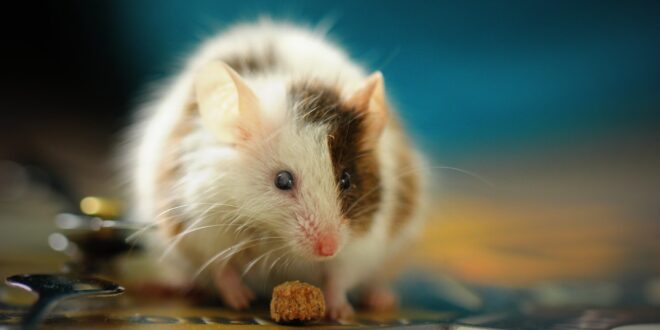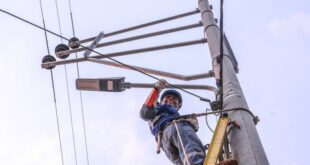In the face of Ohio’s brutal winters, the piercing winds, the lake-effect snowstorms, and the record temperature lows, pests will seek refuge in your heated residence. As winter transitions to summer, pests will flee from the suffocating heat of Ohio’s summer months, leaving Ohio residents to deal with a variety of pests year-round.
Some types of pests will spring up in the summer, while others emerge from the shadows at the first sign of winter. When winter approaches, you may spot scurrying pets who slip inside your home through unsealed cracks and gapping openings between your door frames. If not properly dealt with, these pests can cause adverse effects on your health with their disease-carrying properties, tatter your belongings, and may even destroy your property’s structure from the inside out.
Pests adapt to weather changes and shifting temperatures by infiltrating your home. By staying prepared and finding effective control methods, you can successfully exterminate these home intruders. Of course, it helps to partner with a professional exterminator like this who can provide regular treatments in tandem with your DIY pest control solutions.
Clothes moths
Unlike other species of moths, bright light doesn’t attract clothes moths. In fact, these clothes moths prefer huddling in dark areas such as storage chests and are known to thrive in humid areas. If left untreated, these moths will feed solely on animal fiber, particularly feathers, wool, silk, leather, and fur—shredding your expensive fabrics to the point of no return.
To banish these clothes moths, it’s fundamental to keep your home clean and tidy to prevent clothes moths infestations. As a preventative measure, keep your clothes organized, store clothing in clean closets or drawers, vacuum regularly, clear bird nests, and store food in air-tight containers. Exposing your clothes to wind and sunlight can also help destroy larvae. If you notice signs of clothes moth infestations, hang your clothes out in the open-air to prevent multiplication. You can also check out MothPrevention for more tips on how to get rid of moths.
Cockroaches
Cockroaches thrive in summer heats and enjoy both indoors and outdoor spaces. Though these cockroaches can adapt to both indoor and outdoor conditions, in most cases, you’ll find these pests tucked away in rotting food and/or humid areas. The most common types of cockroaches found in Ohio are the American and German cockroaches.
Besides carrying allergens and pathogens in their skin and droppings, these cockroaches can cause diseases like Typhoid fever, Dysentery, plague, and Salmonellosis if they gain access to your residence.
Once these resilient pests invade your space, it won’t be easy to exterminate them. Roaches can develop resistance to insecticides and pesticides and can breed rapidly, plaguing your home with intrusions of cockroaches before you know it. Maintaining good hygiene, repairing water leaks, and storing food properly are great strategies for tackling a cockroach infestation.
Ants
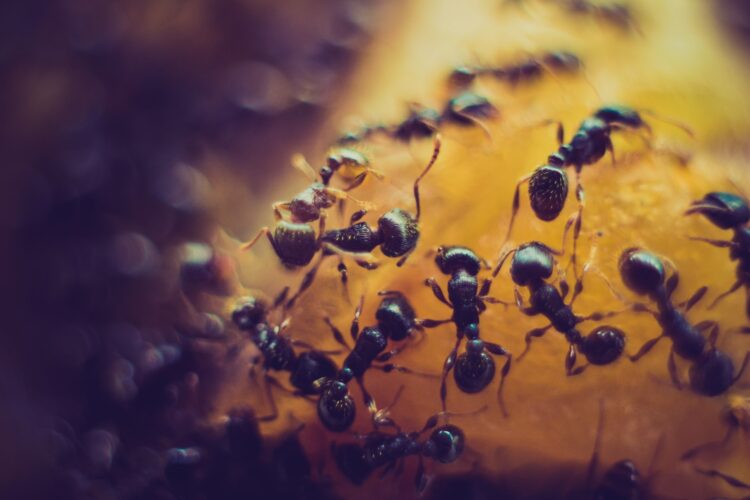
The common ant species in Ohio include pavement ants, carpenter ants, pharaoh ants, odorous house ants, and Formica ants. Unfortunately, homes offer a conducive environment for ants to shelter, reproduce, and eat. If not controlled, these ants can be a hassle, can contaminate your food, and may even cause structural damage.
Sadly, it’s not easy to control ants, as they can detect and avoid sprayed surfaces until the pesticide dissipates. To devise an efficient pest control strategy against ants, the first step is to identify the type of ant species infiltrating your home. Once you identify the species, find the appropriate treatment methods.
A homeowner must spray the whole colony, as killing a few ants here-and-there won’t solve your problem. As a further precaution, trim bushes and trees and remove dead stumps on your property.
Silverfish
Because silverfish hide from human exterminators, they can inflict damage for a prolonged time before a homeowner ever notices. Silverfish are known to thrive in humid and moist areas like attics, basements, and bathrooms, so pay particular attention to these areas of your home. If you locate surface etchings, notches, feeding marks, yellow stains, and holes, call your pest control provider.
The key to eradicating silverfish is conducting a thorough inspection to locate their preferred food and habitat. The best pest control tips include investing in a humidifier, storing food in tight containers, and repairing leaks.
Centipedes
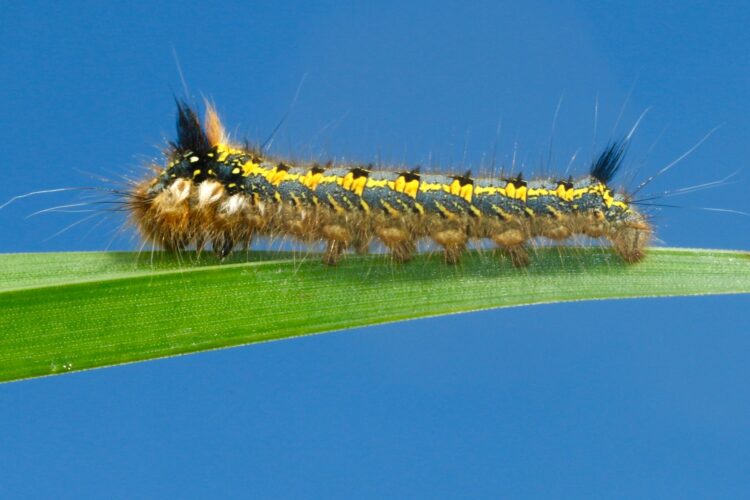
When centipedes invade your home, they’ll cower in dark and damp areas like sinks, bathrooms, closets, or basements. Although they rarely bite, their venom can result in mild irritation. Most homeowners view these pests as harmless nuisances and even value the centipede for their pest-control benefits, including their tendencies to feed on other household pests. Due to their unsightly appearance, some homeowners will want to target their pest control efforts towards centipede eradication.
If you suspect the presence of centipedes in your home, conduct an inspection to pinpoint their location, then choose between chemical and non-chemical control methods. Using humidifiers, repairing water leaks, reducing clutter, sealing gaps, cracks, and holes, and eliminating insects that centipedes prey upon can also help.
Millipedes
Millipedes mainly live outdoors in damp places. However, when it becomes too dry or too hot, these millipedes may wander inside your home and hide under boxes or furniture. The common entryways include garage doors, basement windows and doors, doors without weather stripping, and open vents. Although they don’t sting, bite, destroy your furniture, or contaminate your food, some excrete a defensive, irritating fluid that can cause chemical burns or long-term skin discoloration.
These pests can be a nuisance and frightening to oblivious pets. Their alarming appearance is exacerbated by their tendency to move in groups and stay active at night.
As a DIY pest control strategy, you can use a vacuum cleaner to remove millipedes from floors and walls. If the situation becomes dire, seek professional help. Make sure you also seal openings around your windows and doors to avoid millipede infestations in your living spaces.
Paper wasps
As you travel around Ohio, you’ll likely encounter different species of wasps along the way. The most common type of wasp is the paper wasps which often nest in yards, residential homes, community parks, gardens, and barns. To avoid allergic reactions caused by stings, you’ll need to stay vigilant. Unlike honey bees, a paper wasp sting is much more potent.
Although only female paper wasps are only capable of stinging, they can do so multiple times in a row. This type of wasp will only attack if provoked.
Remember, proper identification is key to effectively controlling paper wasps. Improper treatment can lead to wasted time and money. A fast-acting insecticide can solve your wasp problem, but make sure you spray every hiding place possible like attics and eaves.
Bed bugs
Without proper control, bed bugs can wreak havoc in your home with their high reproduction rates. Because they can easily reproduce, a homeowner is more susceptible to more severe infestations.
Bed bugs are known to come out at night to feed on the blood of nearby sleepers. These pests cause several health issues like allergic reactions, psychological effects, and rashes. These pests await nightfall in convenient hiding spots including bed frames, headboards, box springs, mattresses, and other areas in your bedroom.
Although you can purchase bed bug treatment sprays at your local store, it’s best to contact an exterminator for long-term extermination. Along with pesticide sprays, you should perform a thorough cleaning of the infested areas, including the mattress. You should also vacuum any infected bed areas, wash linens, and clean bedding, clothes, and curtains using hot water.
Mosquitos
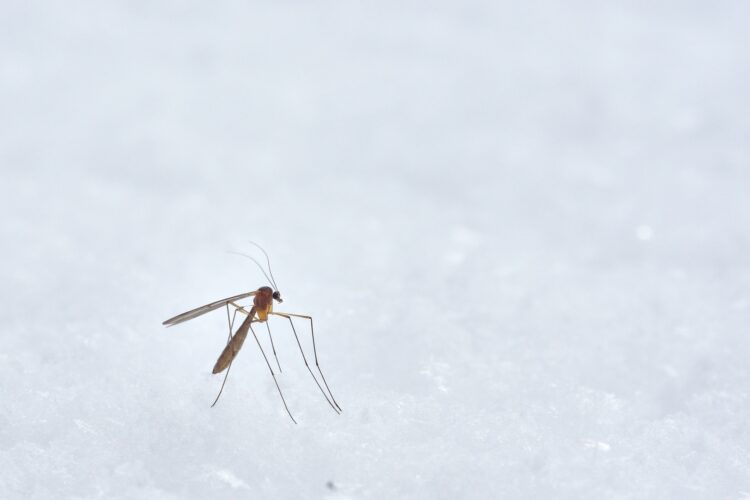
These annoying and potentially life-threatening pests prefer the warm weather, a season typically spent enjoying the outdoors, hosting barbecues, attending pool parties, and playing games. The main breeding ground of mosquitoes is in stagnant water, so you’ll need to test the effectiveness of your drain system by cleaning roof gutters, and get rid of any standing water.
Mosquitoes in Ohio can carry diseases like the La Crosse virus, West Nile virus, Eastern Equine Encephalitis (EEE), and St. Louis encephalitis. When you go out at dawn or dusk or spend time in the woods, make sure you put on socks, long pants, shoes, and long-sleeved shirts. You’ll also need to invest in mosquito repellents, and use them appropriately
Final thoughts
Relying on the services of reputable pest control companies and performing routine maintenance on your home can help prevent bugs from entering your property. Therefore, take the time to find a company that will offer the pest control services you require.
 Hi Boox Popular Magazine 2024
Hi Boox Popular Magazine 2024
